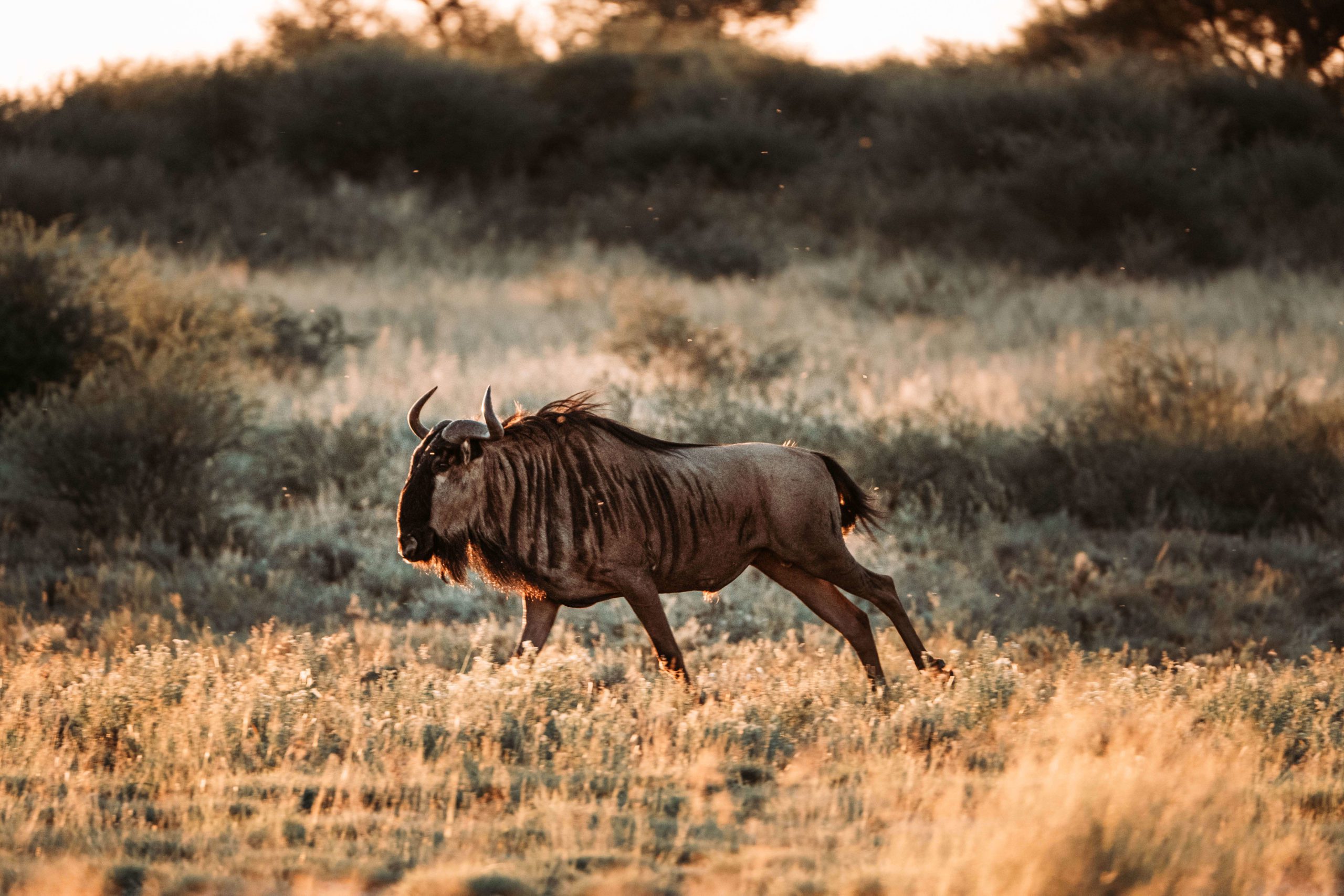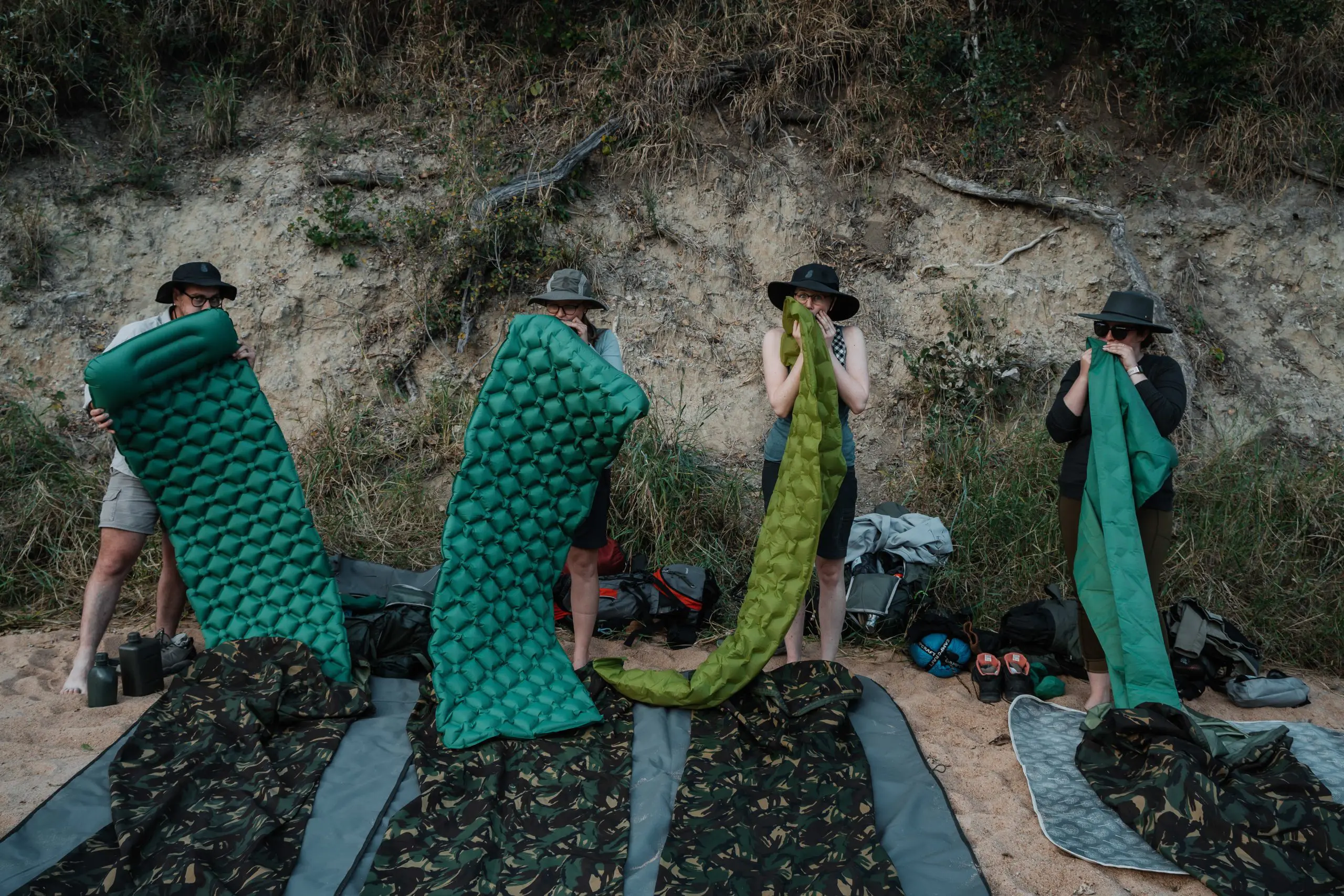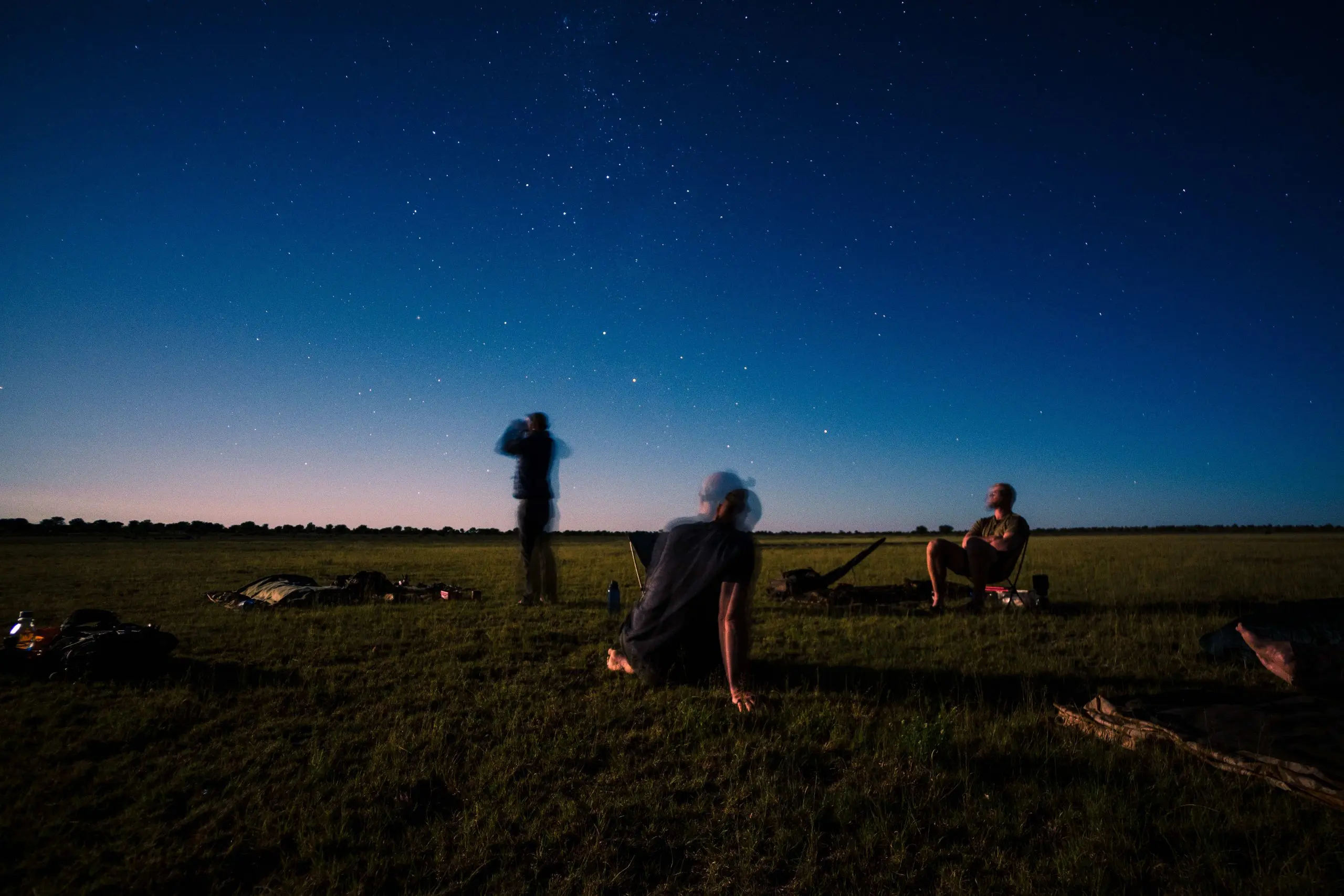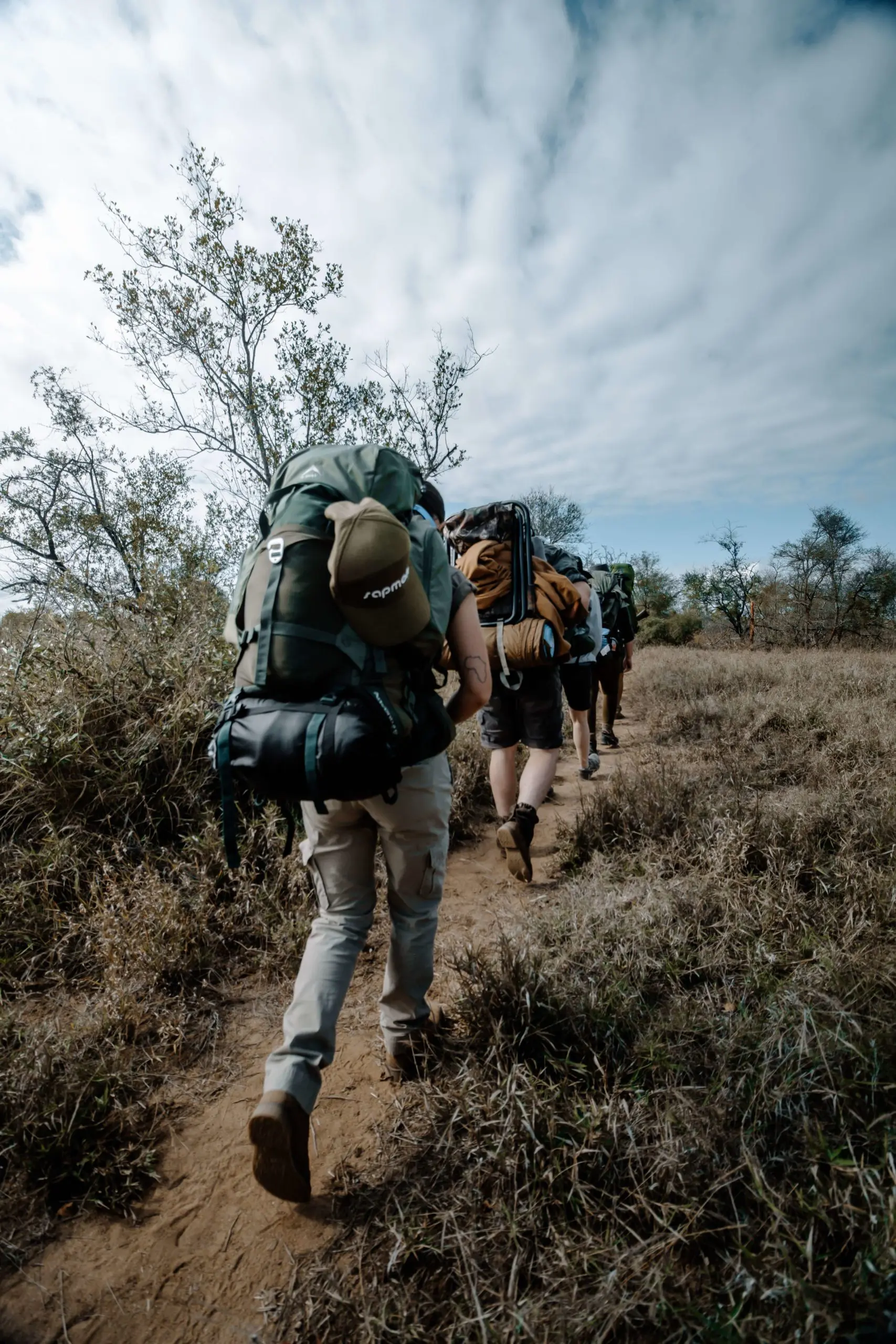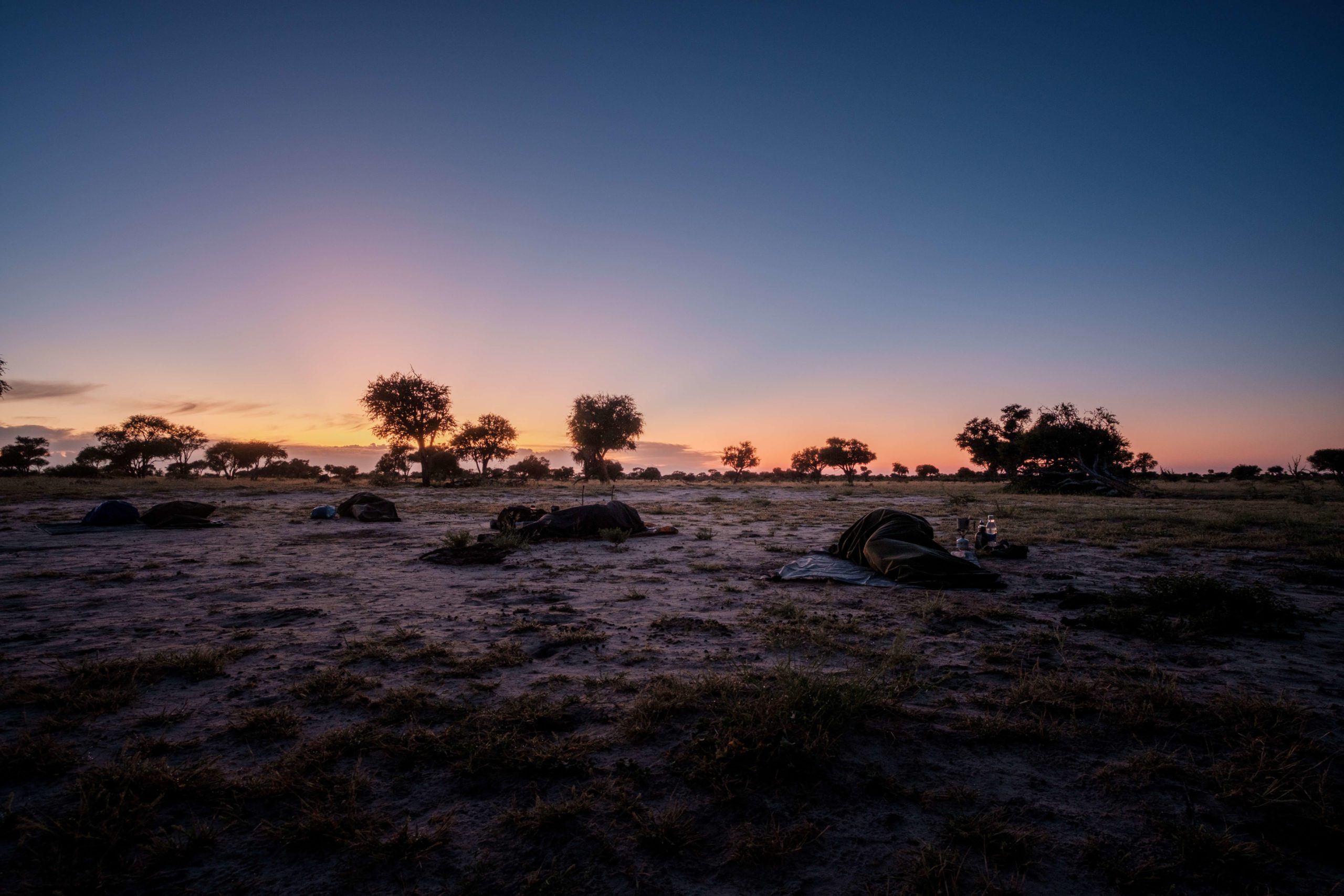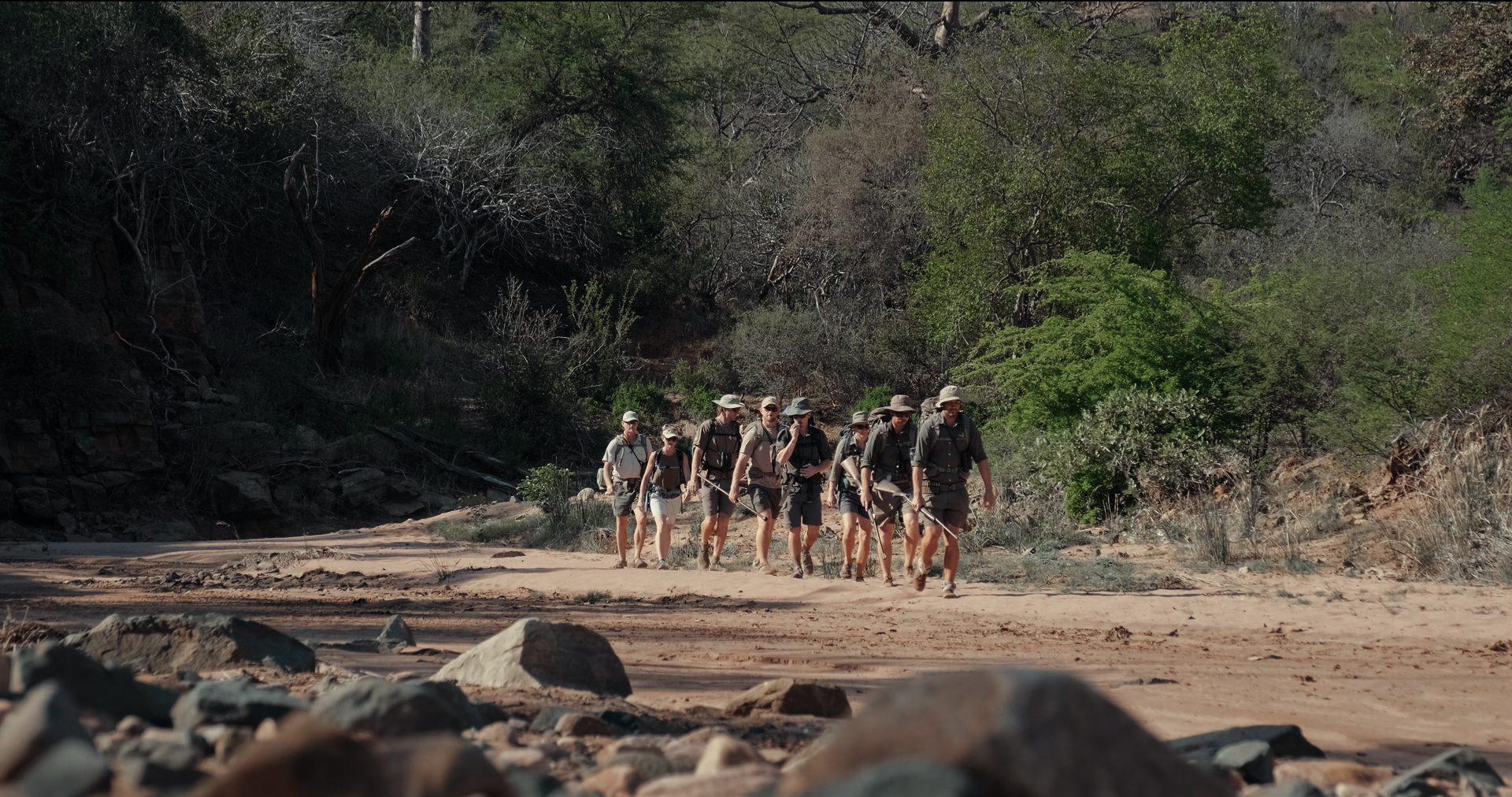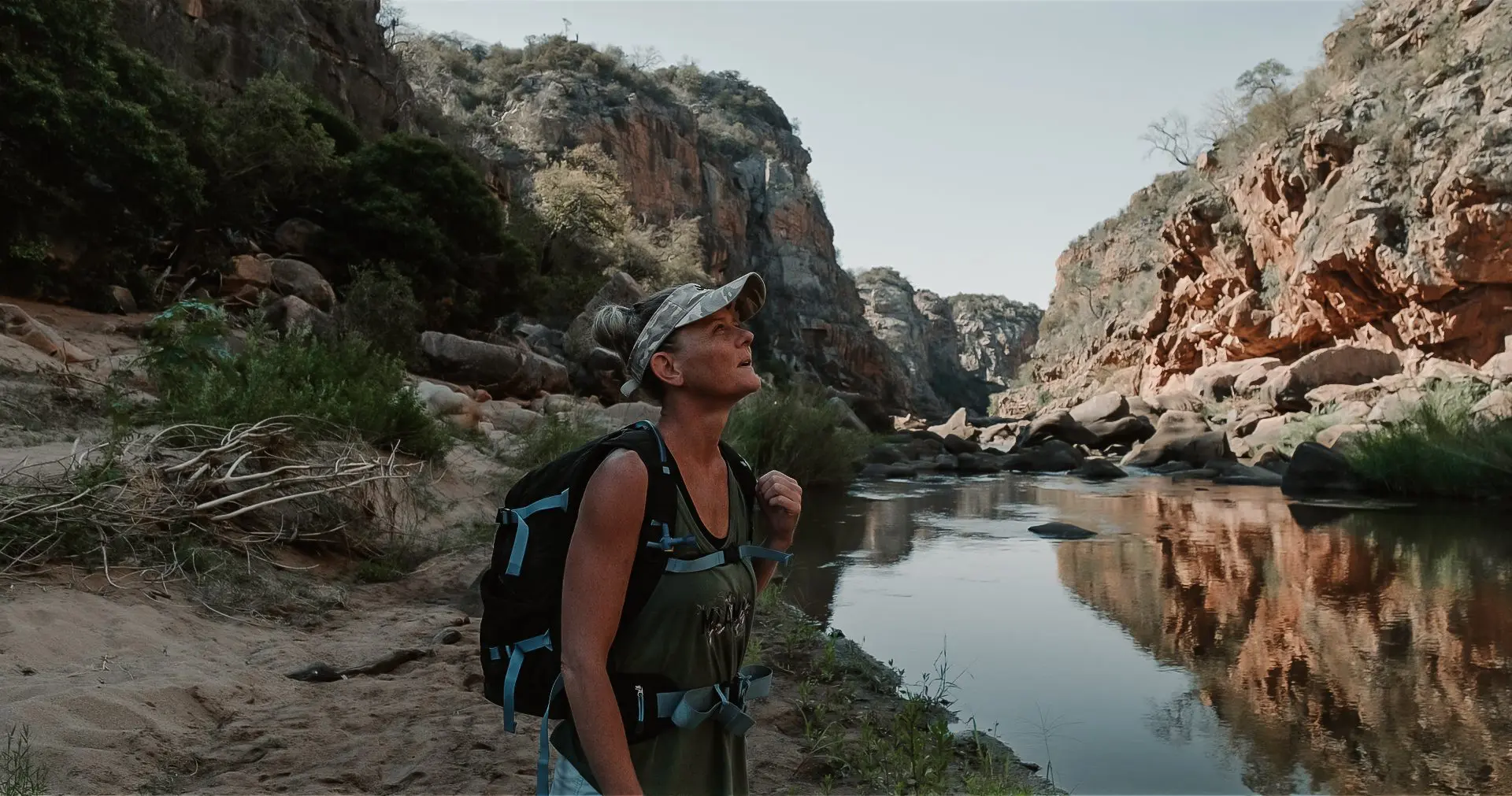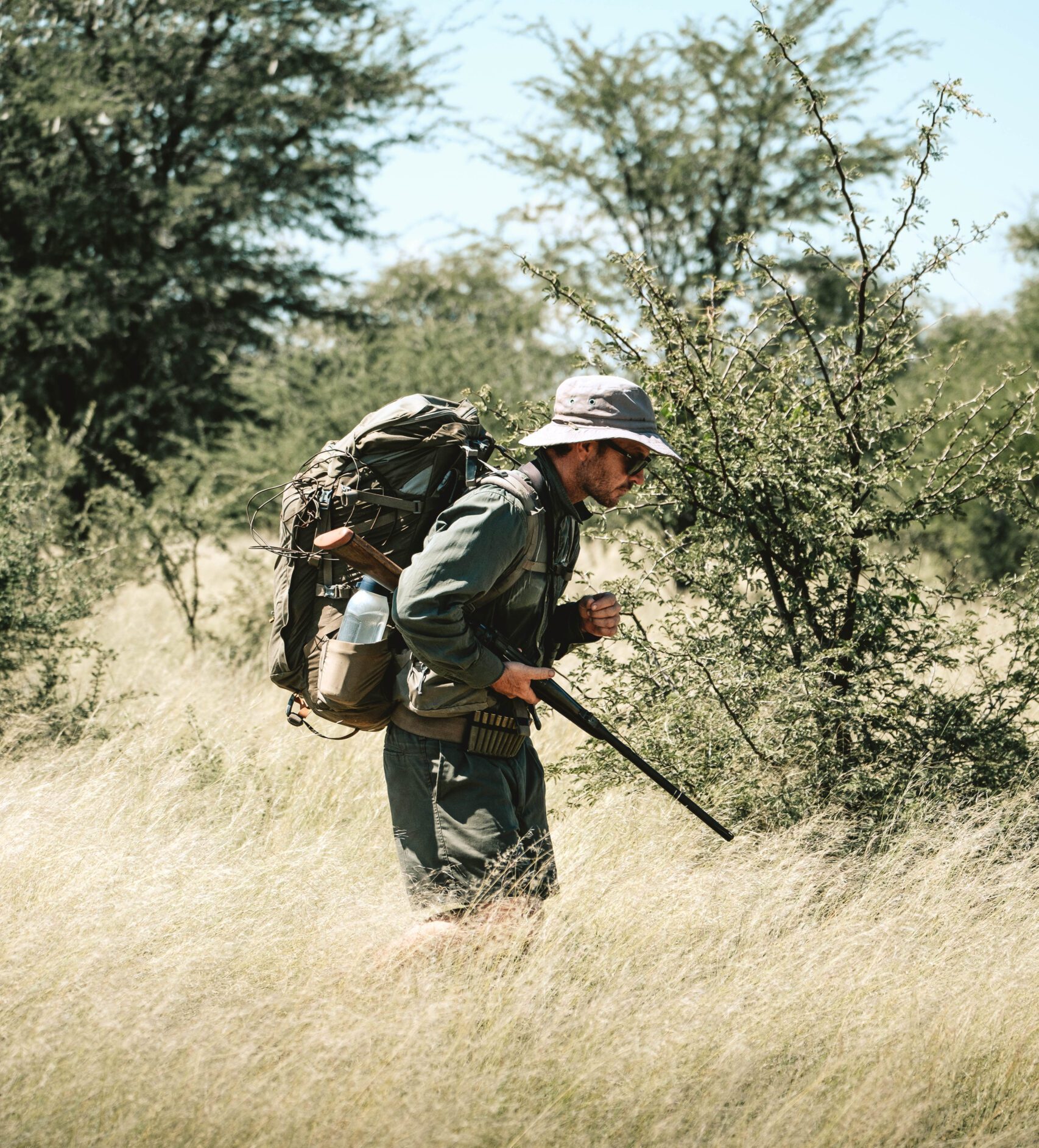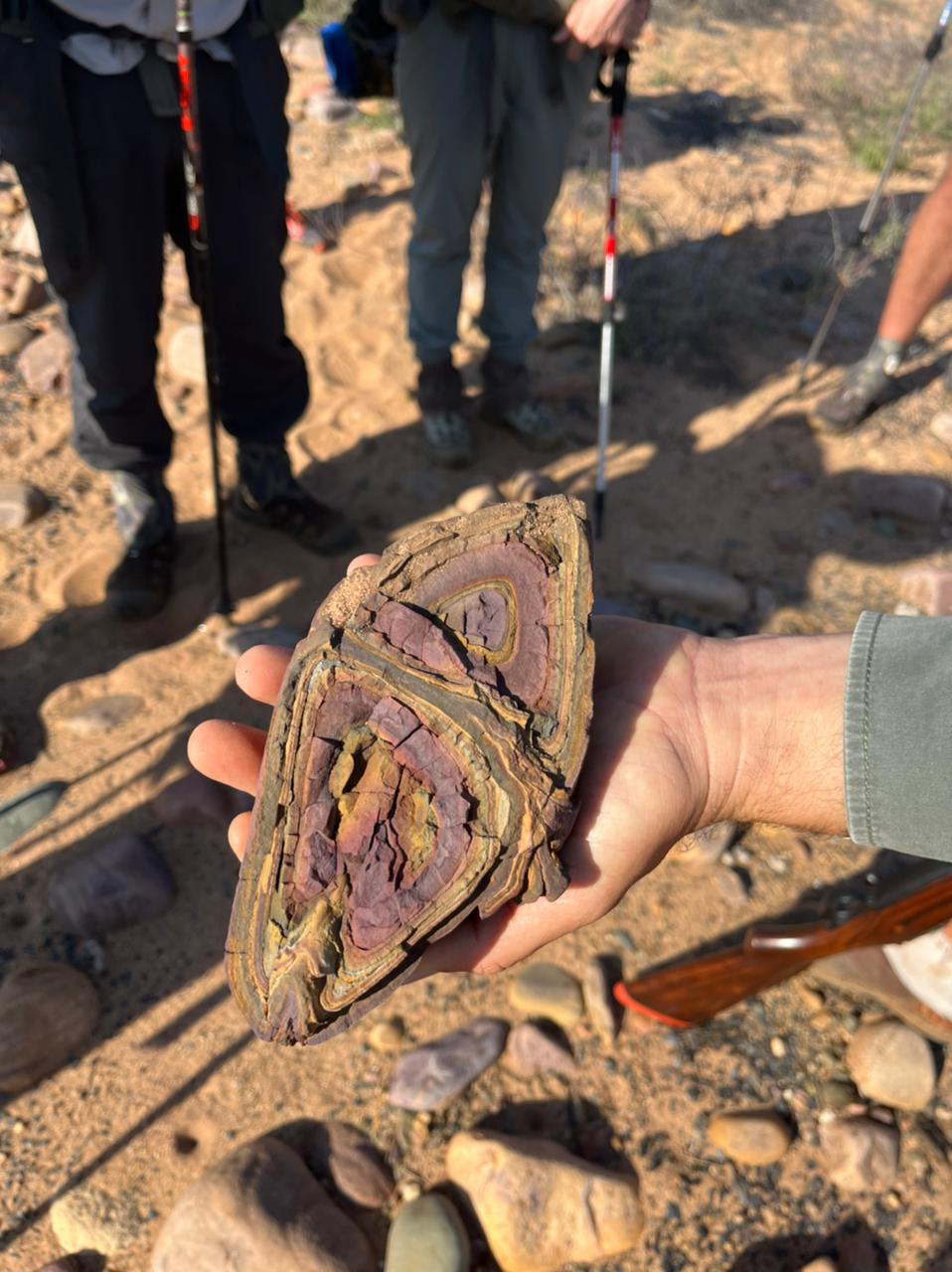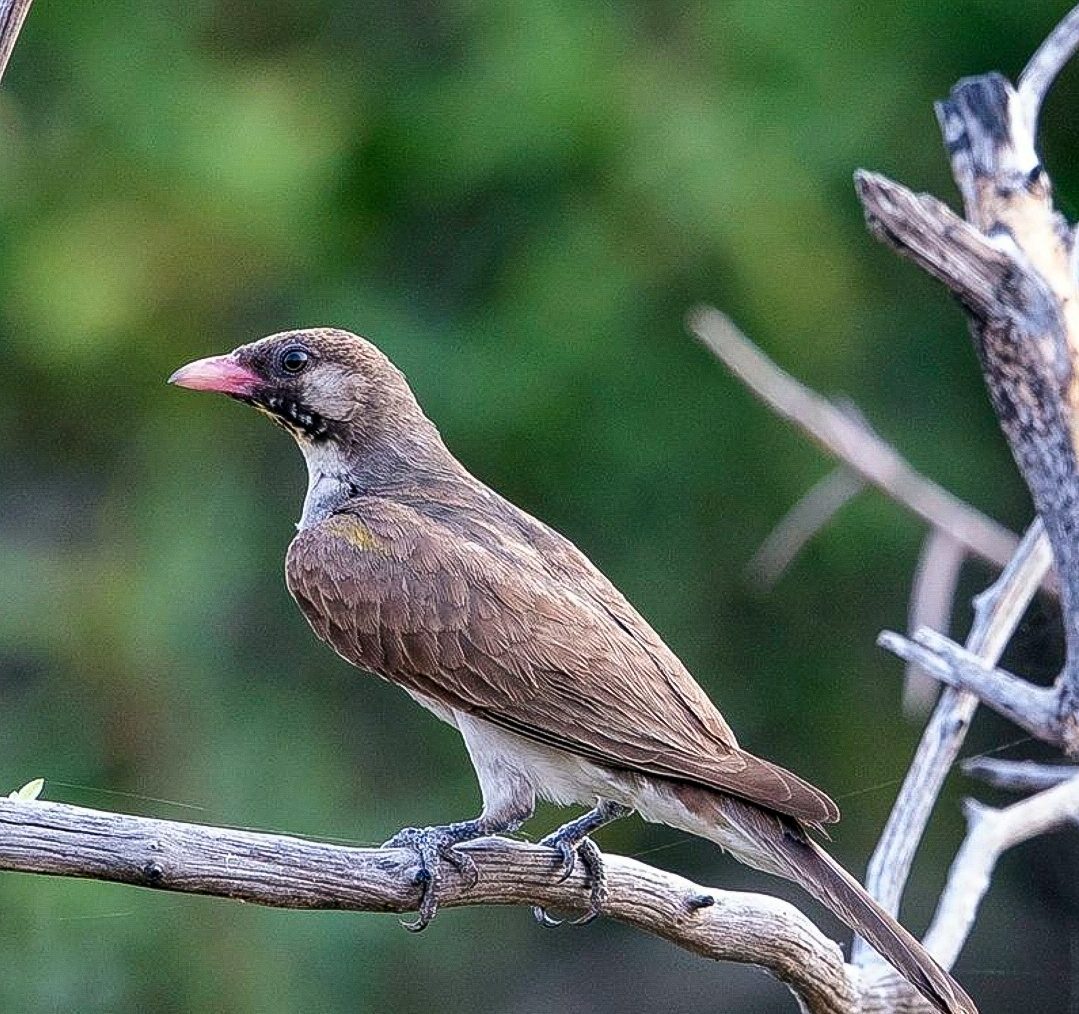If San Diego, Berlin and Johannesburg all have world class zoo’s, then why would their citizens choose to travel all the way to the African savanna to view a Lion? Emilia is a Berliner and says that even though the zoo may be more accessible and provide an educational component, it’s always been her dream to experience the real thing. “There’s something beautiful about being in the animal’s natural habitat. Hearing the birds and smelling the plants while viewing a Lion in the wild made me feel alive”. While Alex from Joburg says that the wild side of his identity will always choose the bush over the zoo. “It’s easier to dream of freedom”. In essence, humans seek wild experiences. It’s part of our original design, inherited from our earliest ancestors and present in the collective unconscious. But perhaps the most valuable wild experience is not the Lion, but its cage.
Let’s quickly visit that Lion in your closest city zoo. Picture the artificial, yet thoughtful setting where a magnificent predator is confined to an enclosure. It’s less costly, but doesn’t quite deliver the primal joy we seek in our experiences. Be that as it may, there is something noteworthy in this scenario. It’s the animal and the cage.
Imagine for a moment that the zoo keeper forgot the Lion’s enclosure open one night. The animal could easily step out and become free. However, its immediate surroundings will still be artificial and ecologically shattered. There will be no way in which this Lion can sustain itself and it will ultimately perish. The Lion can only ever be wild if the space it occupies allows it to be. Therefore, one could argue that space holds the spirit of the wild.
So, if a Lion’s state of being can range from captive to free, then the space it occupies can go from cagy to Wilderness. The idea that space can range in wildness may be more challenging to define, but it doesn’t justify ignoring such intrinsic value altogether.
Lowveld Trails Co. defines Wilderness as; an ecologically intact landscape with associated wild qualities that is largely untrammeled by modern human infrastructure. Although Wilderness is a cultural construct, it provides humans with non-ordinary wild experiences which are particularly profound, significant, affective, and difficult to wholly describe. Wilderness experiences are highly valuable and cannot be replicated in any other setting due to the intrinsic nature of such spaces. Some of the intrinsic Wilderness qualities include remoteness, serenity, peace, quietude, solitude, harmony, inspiration and reflection opportunities. The intensity with which the landscape is experienced is related to the ambience and spirit of a specific place, also known as the “Sense of Place”.
A Lion certainly contributes towards the intensity and ambience of a landscape, but the animal itself is not Lowveld Trails Co.’s reason for being. We seek and value Wilderness, as the experience of Wilderness is the most endangered phenomenon of our time.
It’s difficult to be idealistic about Wilderness in the anthropocene, as human influence has reached even the most remote places on earth, especially due to global climate change. Nevertheless, Wilderness areas do still act as a baseline for assessing current and future man-made environmental impact. Therefore, they can be seen as the ‘control’ sites for the large-scale human experiment we have in progress on our planet.
If one develops infrastructure and roads within Wilderness spaces there is a significant de-wilding of the landscape. For example, the development of a commercial safari operation in a remote location of a protected area comes at a cost to Wilderness. Even though the development may bring economic and social benefit to the landscape we have to recognise, measure, mitigate and offset the negative impacts of such developments too. Greenhouse Gas emissions and the devaluation of the wild spirit of a landscape are two prime examples.
Therefore, we have introduced a ‘Wilderness Rating’ system to better describe the intrinsic value locked in our Primitive Trail destinations. It’s similar to the star-rating many safari lodges use to attract clients. We use our ‘Wilderness Scoresheet’ to measure the impact of surrounding infrastructure on the spirit of the wild over time. We consider a range of physical features such as ecological, infrastructure, disturbance and non-physical features such as ambience, spirit and sense-of-place to reach a final percentage of pristine Wilderness. Primitive Trail spaces that score more than 85% are considered to be premium destinations and are therefore priced accordingly. In this way we strive to attach value to Wilderness and plan on using the funds generated for Wilderness conservation (and rewilding) specifically. Having just completed a ‘carbon footprint’ audit as part of our plan to become carbon neutral by the end of this financial year, Lowveld Trails Co. is also setting up a Wilderness Fund that will initially be financed by Primitive Trail ‘Wilderness Levies’ and 1% of business profits.
We at Lowveld Trails Co. are fully aware of the impact individuals and society have on Wilderness and the powerful impact immersion in true Wilderness spaces can in turn have on individuals and society. We are driven to facilitate this connection and release a meaningful shift and awareness. We are focused on building a nature-based, regenerative business model, in which every action considers how it revives and restores at a personal, social and Wilderness level. We believe that all beings need sustainable access to Wilderness, especially those of us that find ourselves in a cage from time to time.
Our Primitive Trail Wilderness Ratings:
Timbavati Primitive Trail 69%
Makuya Primitive Trail 84 %
Kalahari Primitive Trail 86%
Akagera Primitive Trail, Rwanda 86%

